
How do I upgrade to PQAI+ or subscribe for API access?
PQAI offers a free version that covers all the basics. But if you need more results, faster processing, and API access, upgrading to PQAI+ is
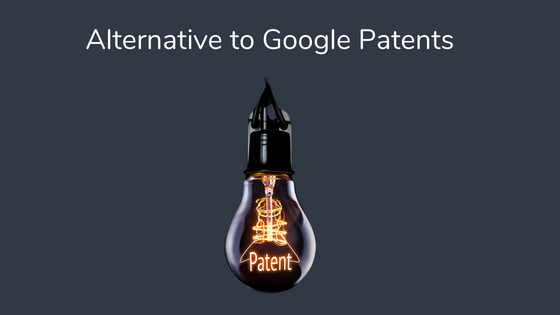
A Google Patents search requires the searcher to create complex keyword strings and sift through thousands of documents to find relevant prior art.
In addition, some users are skeptical about using Google products due to a lack of trust and privacy issues. Although Google boasts strong security features, some doubts can remain: will my idea stay confidential if I run it through the Google Patents search portal?
If you’re looking for an alternative to the Google Patents search portal for any of these reasons, you’ve hit the bull’s eye.
In this article, we’ll walk you through five free alternatives to Google Patents :
PQAI is an open-source library of patent tools. It offers a prior art search engine that accepts the invention query in plain English, making it simple for inventors to use. In addition, PQAI is AI-powered—it returns limited yet most relevant results.
With PQAI, users can search a vast data set of ~11 million US patents and applications & ~11.5 million scholarly articles in engineering and computer science.
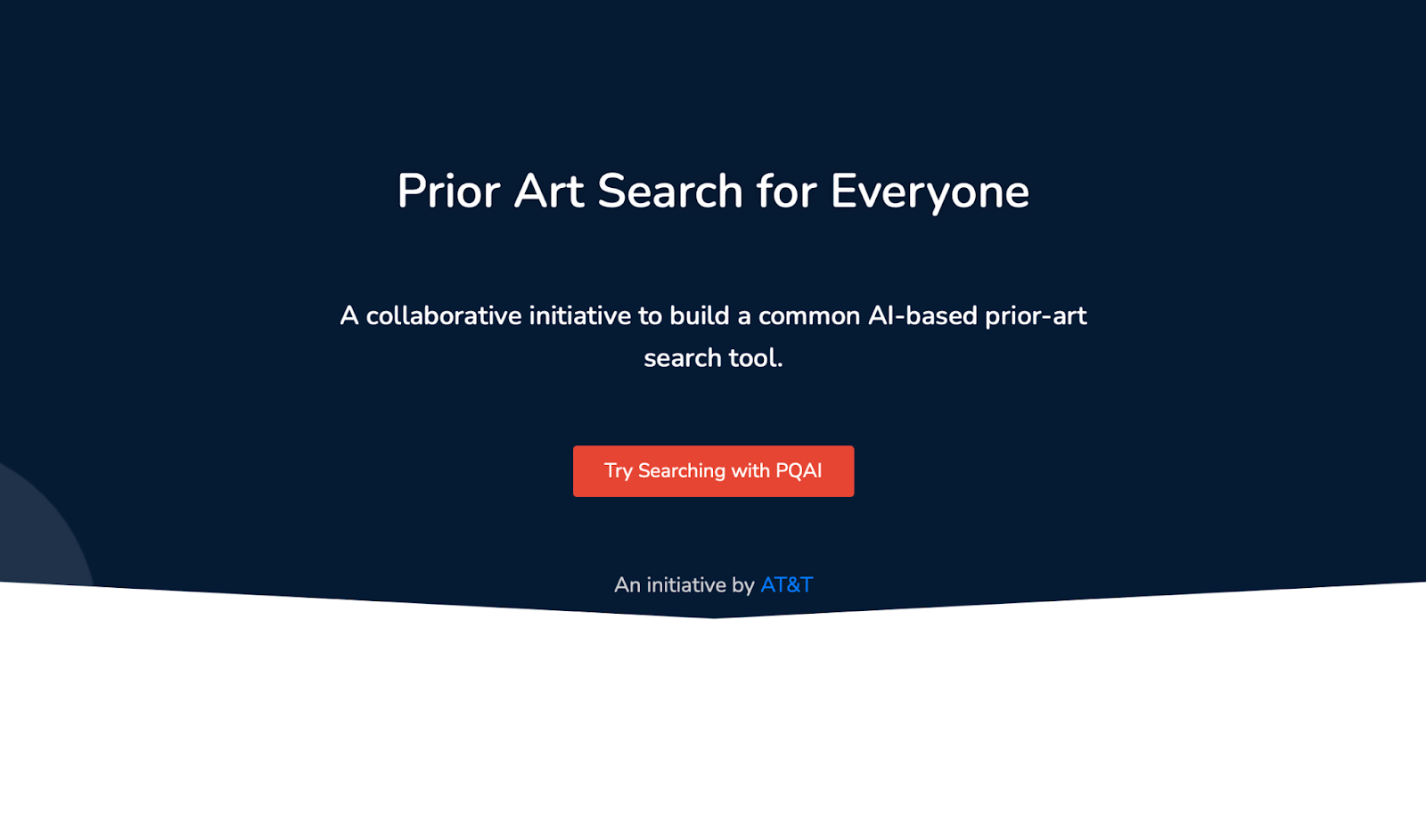
Input Query
Google Patents requires the inventor to create complex keyword search strings, which can be time-consuming. Instead, PQAI understands the query in plain English, allowing for a faster and more seamless search .
Time Efficiency
PQAI is a real timesaver because:
Security and Confidentiality
PQAI ensures your privacy by never logging any of your search queries or results.
Combinational Prior Art Search
PQAI allows the users to conduct a combinational prior art search. In such a search, PQAI shows a group of patents that indicate the inventive concept is not novel. Such a search helps the inventors to refine their ideas, reducing the probability of Section 103 patent rejections.
Lens is a patent search engine that provides free access to patents published across various technologies. Its search interface is exhaustive and complex—not an excellent choice for inventors.
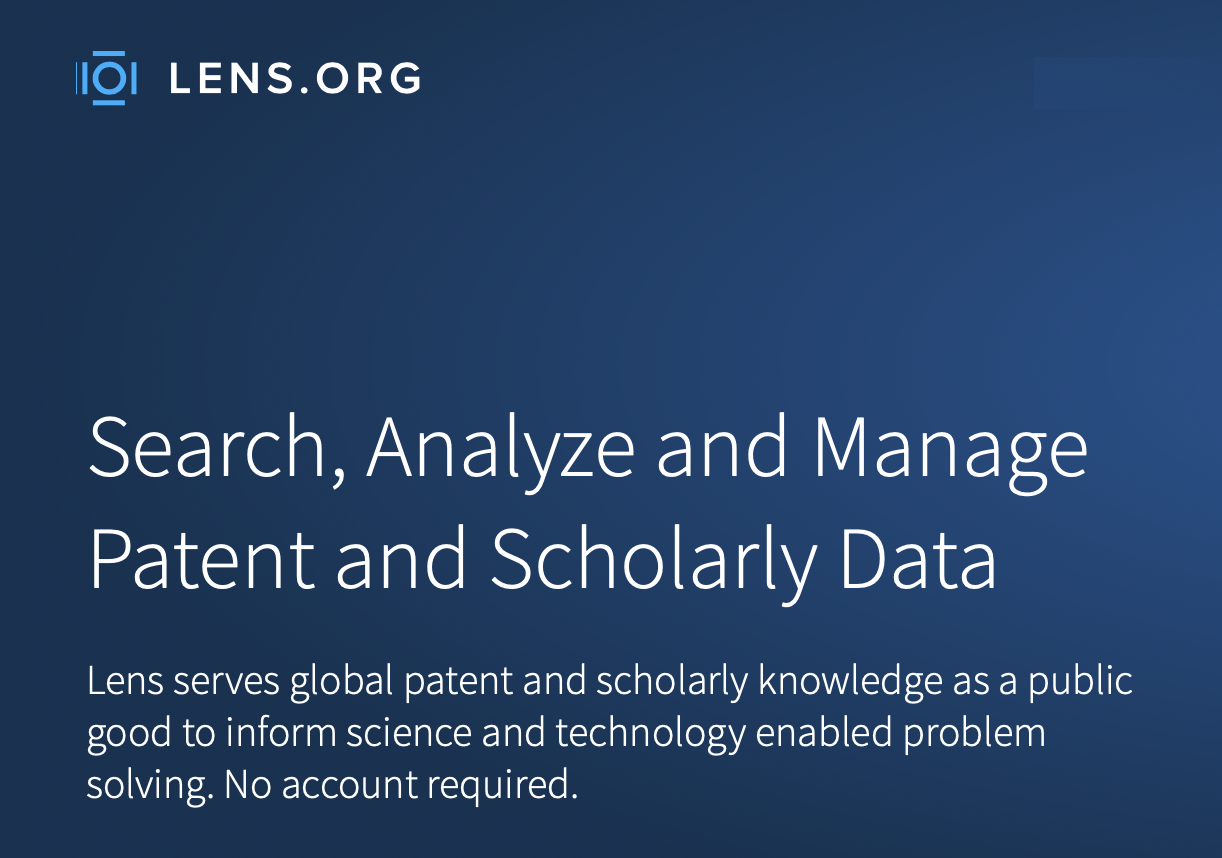
Offered by the World Intellectual Property Organization (WIPO), PATENTSCOPE is a worthy contender as a Google Patents replacement. Overall, PATENTSCOPE provides an impressive selection of resources that will help you stay up-to-date on the latest trends in technology innovation and licensing agreements.
WithPATENTSCOPE, you can narrow your patent searches using meta-level filters in over 100 million patents globally. It’s a search engine technology that’s available for free around the world.
It’s a one-stop shop for patent search and research, offering a wide range of features, such as detailed patent descriptions, abstracts, images, and citations.
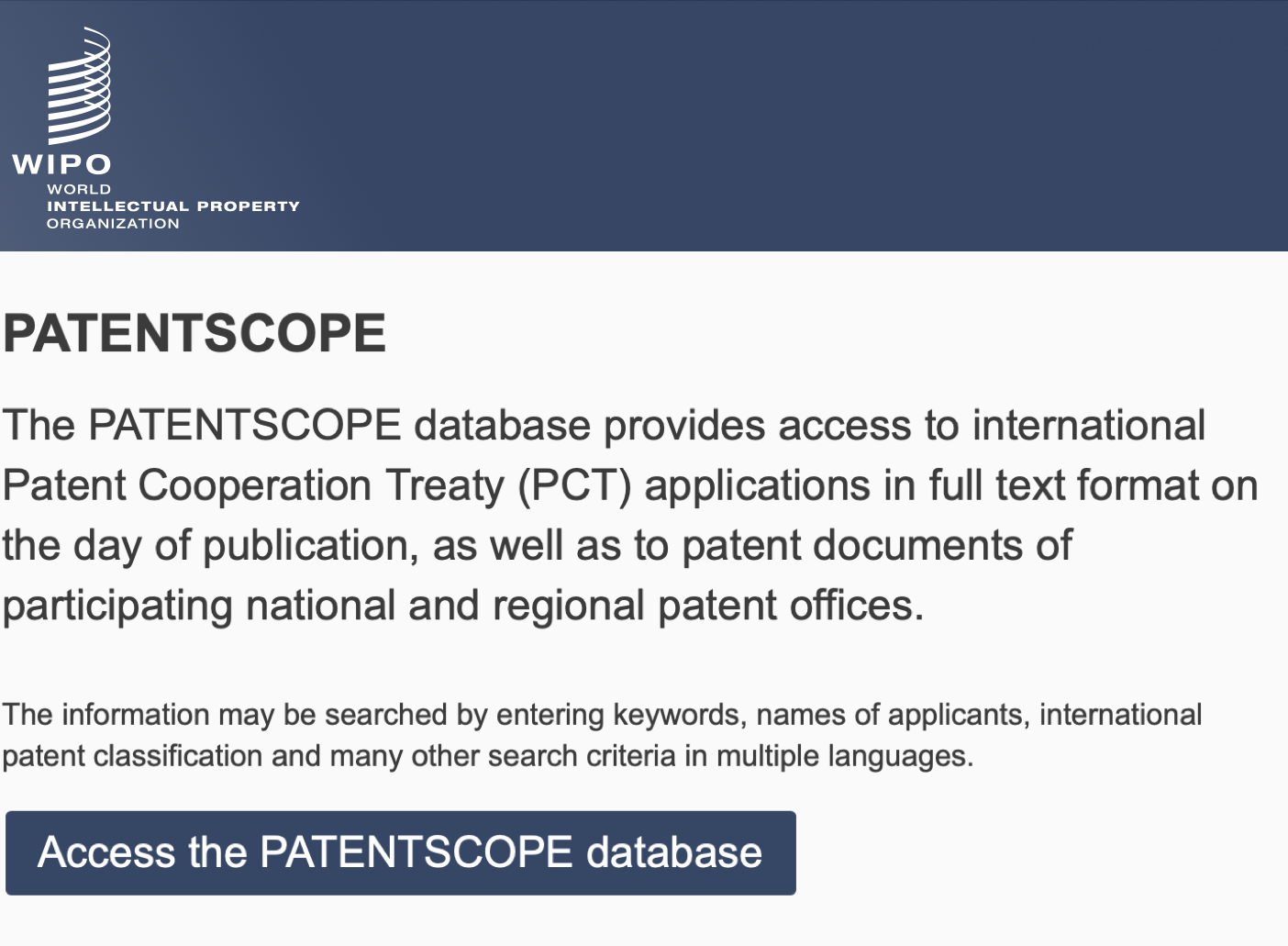
While widely used, there are many weaknesses to the USPTO search interface, including a lack of filters for specific topics, limited results based on keyword relevance, and slow loading times. These problems can make it challenging to find the information you’re looking for quickly and efficiently.
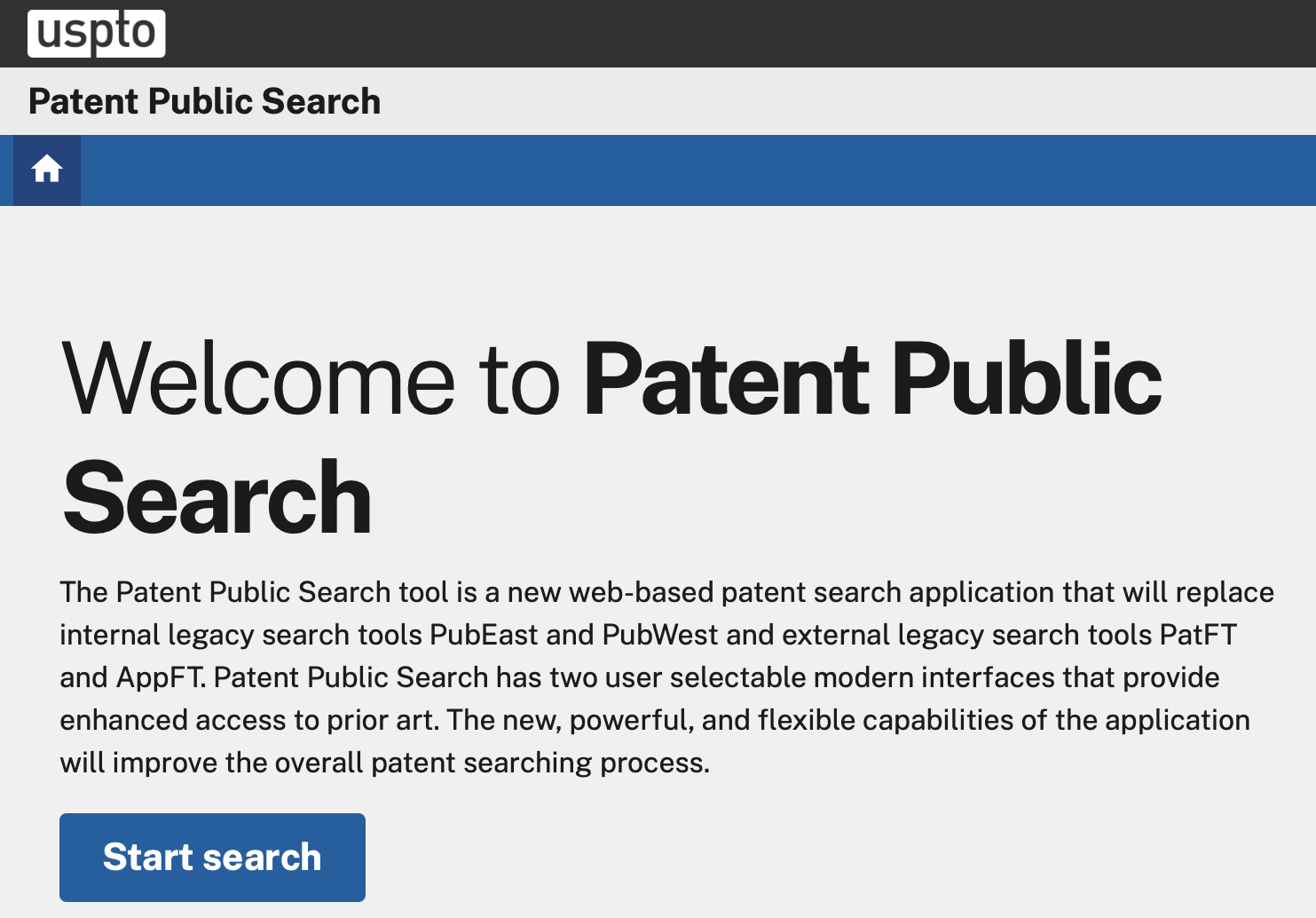
Espacenet is a European patent database with over 130 million patents, including both granted and pending patents.
Espacenet offers free access to information about inventions and technical developments from 1782 to today. It was developed by the European Patent Office (EPO) together with the member states of the European Patent Organization. Most member states have an Espacenet service in their national languages and access to the EPO’s worldwide database, most of which is in English.

There are a few different alternatives to Google Patents that you may want to consider, but PQAI offers a very promising option. The PQAI search has many unique features to make it easier to use, compared to traditional search engines:
Global Patent Search Platform is a next-generation patent search platform built to empower inventors, researchers, and business leaders by merging AI-driven insights with a vast historical archive of global patents. Unlike traditional tools, it bridges the gap between past technological advancements and modern innovation needs.
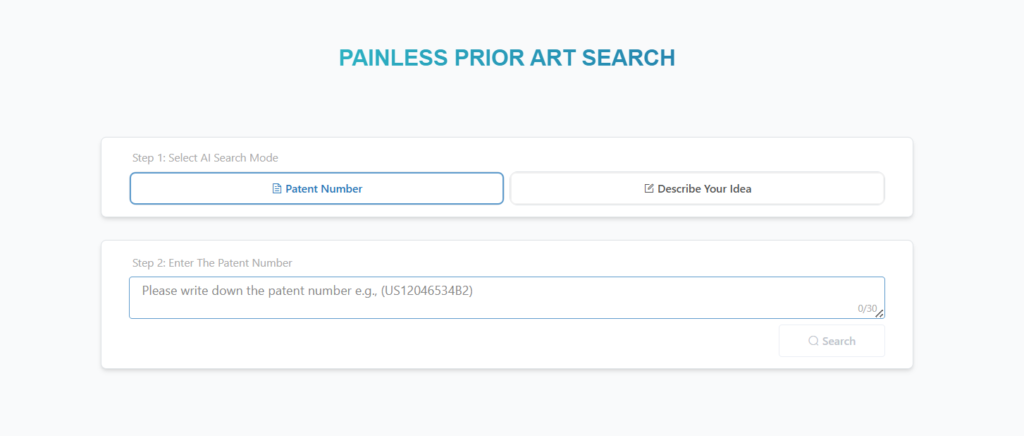
Credits: Global Patent Search Platform
This tool doesn’t just retrieve patent documents. It helps you connect the dots between prior art and emerging tech trends. With a combination of natural language input, real-time analytics, and advanced filters, Global Patent Search enables users to conduct comprehensive and intuitive searches without being overwhelmed by irrelevant data.
Natural Language Understanding
Users can describe their ideas in plain English. No need for complex Boolean logic or keyword gymnastics. The AI intelligently interprets your query and delivers relevant patent matches across global databases.
Instant Prior Art Retrieval
Simply enter a patent number, and the system pulls related documents instantly—ideal for competitive research or litigation prep.
Advanced Search Filters
Users can apply fine-grained controls and parameters to steer searches and zero in on the most relevant patents.
Comprehensive Global Coverage
Access a broad, continuously updated dataset of global patent filings, ensuring your search reflects both historical and recent developments.
Seamless API Integration
Designed for organizations, the platform offers APIs for integration into internal workflows—making it not just powerful, but practical for teams.
While the platform is highly powerful, users new to structured search interfaces may face a slight learning curve when applying advanced controls or interpreting deeper analytics.
PQAI is a not-for-profit organization that develops an open-source AI-based library of software components to speed innovation and boost patent quality.
The flexibility and innovation of open-source software makes PQAI a leader in the patent ecosystem.
Committed to security, privacy and unbridled innovation, PQAI empowers all inventors with sophisticated IP tools to fuel their success and creativity.
Team PQAI has already built five applications to ease your patent search:

The open-source nature of the PQAI project promises many more applications today and in the future to help patent professionals, corporations, and inventors. Visit PQAI to learn more.
Share

PQAI offers a free version that covers all the basics. But if you need more results, faster processing, and API access, upgrading to PQAI+ is

PQAI’s Similar Words tool helps you discover related keywords for any technology or concept you’re exploring. This can improve your search by introducing terms you

PQAI helps you extract important keywords and concepts directly from your search input. This is especially useful when you’re entering a long or detailed technical
© 2025 Project PQAI | All Rights Reserved.
Dear PQAI Team,
We are pleased to express our support for PQAI and its mission to revolutionize patent searching through open-source, AI-driven solutions.
At [COMPANY NAME], we recognize the importance of accessible and efficient patent tools in fostering innovation and empowering inventors from diverse backgrounds. By supporting PQAI, we aim to contribute to the development of transparent, collaborative, and impactful solutions for the intellectual property community.
We kindly request the addition of [COMPANY NAME] to the official List of Supporters of PQAI.
Sincerely,
[CEO or Equivalent Name]
[Title]
[Company Name]
[Signature]